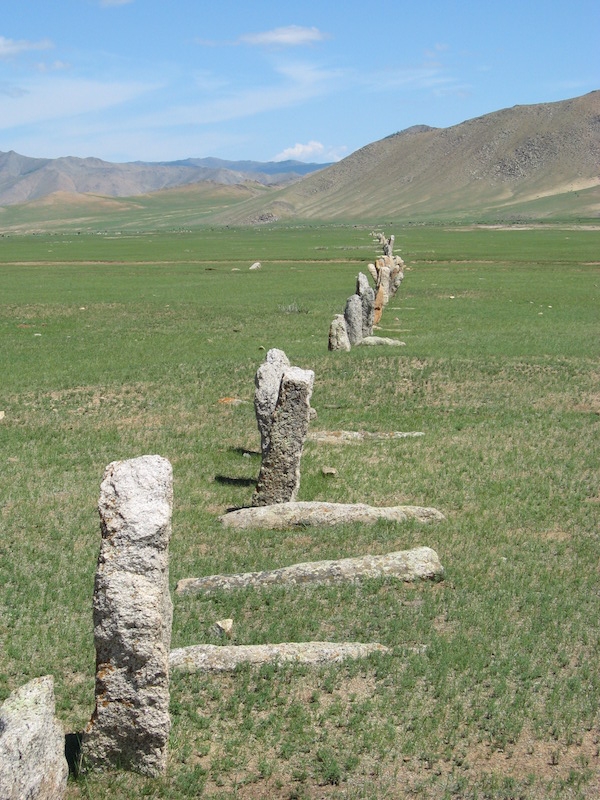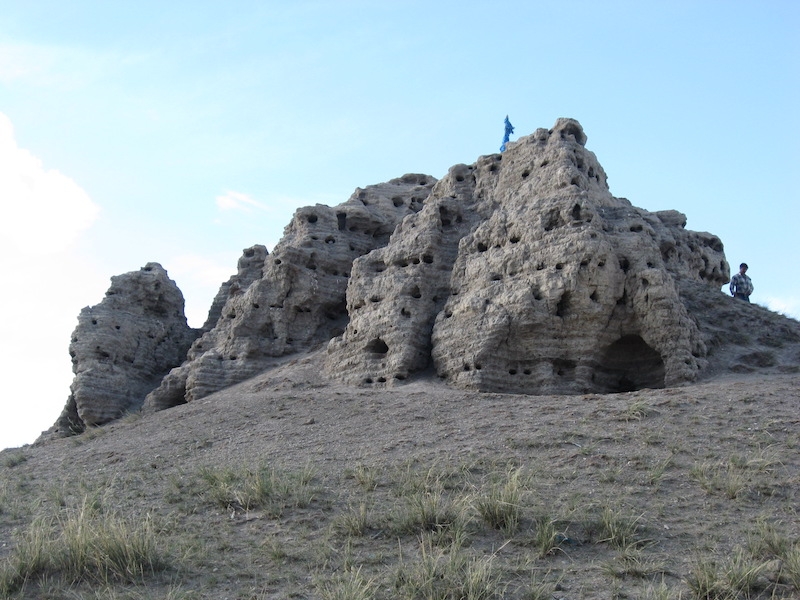Event: VIRTUAL PIZZA TALK: Trade and Trauma along the Silk Road, the evidence from the western frontier of China and Mongolia (700 BC-420 AD)
Event Details
Dr. Christine Lee, Assistant Professor, Department of Anthropology, California State Los Angeles
Wednesday, October 28th, 12:00pm - 1:00pm PT
 Four archaeological sites along the western frontier of China and Mongolia were analyzed for cranial trauma patterns. These patterns were then used to determine levels of violence, who were the participants, and if certain individuals were singled out as specific targets. In ancient times all of these sites were connected by the Silk Road. The sample from Yingpan (206 BC-420 AD), Yanghai (475 BC-220AD), Nileke (550-221 BC), and Chandman (700-400BC) totaled 275 individuals. Yingpan and Yanghai were agricultural oasis states in the Tarim Basin. Nileke and Chandman were nomadic pastoralists located along the Altai mountains. Trauma was recorded for location on the skull, type (blunt force, sharp force, or high velocity), and cause (interpersonal, warfare, or other). The total population percentages for trauma were Yingpan 27%, Yanghai 23%, Chandman 15%, and Nileke 20%. However, this does not give an accurate picture of the level of daily violence experienced. The likelihood of an individual experiencing a violent episode causing death or disability was highest at Chandman and the lowest at Yingpan. So how a population and it’s individuals were the perpetrators or victims of aggression needs closer examination. One site has an unusual pattern where men, women and children have broken noses. Two sites have evidence of trephination or surgery after devastating sword blows or high velocity projectiles. There is one incidence of scalping. Finally several individual had their noses cut off. This intentional mutilation of the face was a capital punishment at the time. This talk will explore what were the social and cultural factors which could have caused these specific patterns.
Four archaeological sites along the western frontier of China and Mongolia were analyzed for cranial trauma patterns. These patterns were then used to determine levels of violence, who were the participants, and if certain individuals were singled out as specific targets. In ancient times all of these sites were connected by the Silk Road. The sample from Yingpan (206 BC-420 AD), Yanghai (475 BC-220AD), Nileke (550-221 BC), and Chandman (700-400BC) totaled 275 individuals. Yingpan and Yanghai were agricultural oasis states in the Tarim Basin. Nileke and Chandman were nomadic pastoralists located along the Altai mountains. Trauma was recorded for location on the skull, type (blunt force, sharp force, or high velocity), and cause (interpersonal, warfare, or other). The total population percentages for trauma were Yingpan 27%, Yanghai 23%, Chandman 15%, and Nileke 20%. However, this does not give an accurate picture of the level of daily violence experienced. The likelihood of an individual experiencing a violent episode causing death or disability was highest at Chandman and the lowest at Yingpan. So how a population and it’s individuals were the perpetrators or victims of aggression needs closer examination. One site has an unusual pattern where men, women and children have broken noses. Two sites have evidence of trephination or surgery after devastating sword blows or high velocity projectiles. There is one incidence of scalping. Finally several individual had their noses cut off. This intentional mutilation of the face was a capital punishment at the time. This talk will explore what were the social and cultural factors which could have caused these specific patterns.

Register for this Cotsen Virtual Pizza Talk here! You will receive instructions on viewing the talk after registering.


